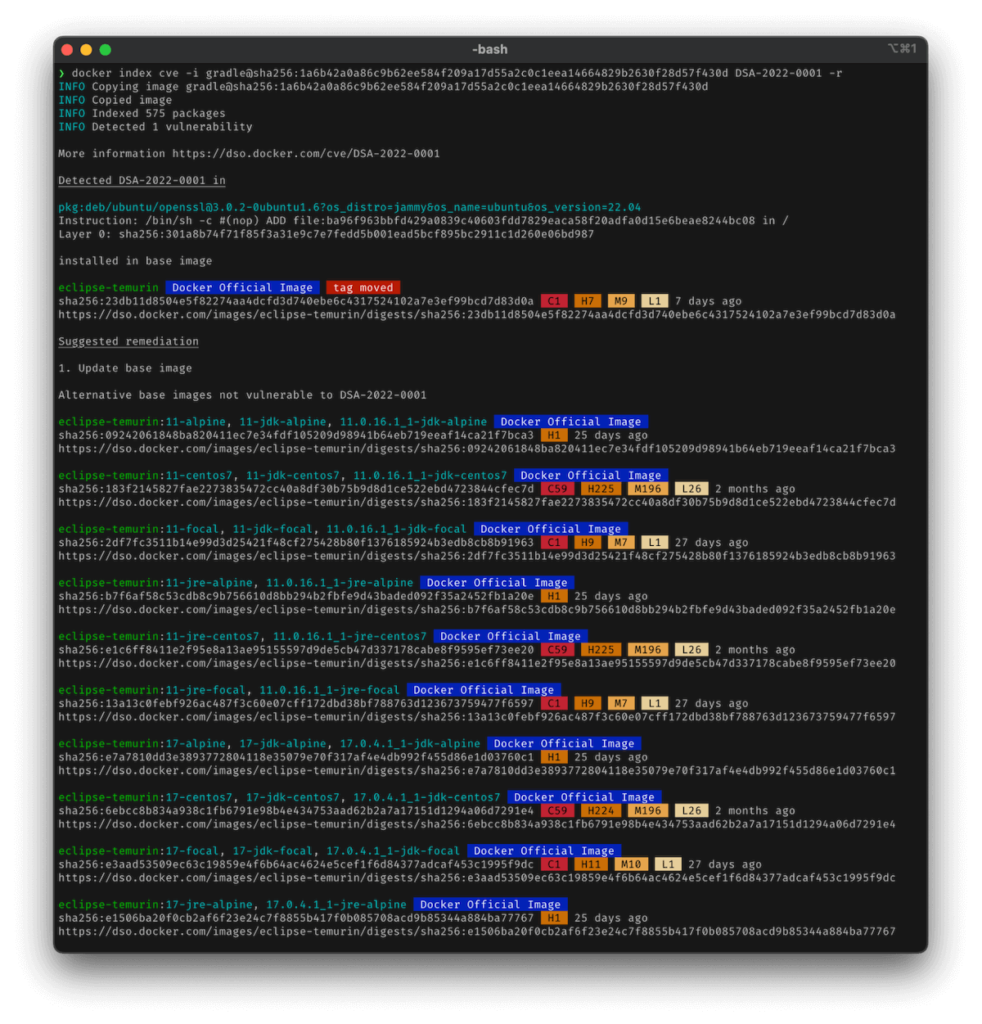Update: 01 November 2022 12:57 PM PDT
The OpenSSL Project has officially disclosed two high-severity vulnerabilities: CVE-2022-3602 and CVE-2022-3786. These CVEs impact all OpenSSL versions after 3.0. The sole exception is version 3.0.7, which contains fixes for those latest vulnerabilities. Previously, these CVEs were thought to be “critical.”
Our title and original post below (written October 27th, 2022) have been updated:
What are they?
CVE-2022-3602 is an arbitrary 4-byte stack buffer overflow that could trigger crashes or allow remote code execution (RCE). Meanwhile, attackers can exploit CVE-2022-3786 via malicious email addresses to trigger a denial-of-service (DoS) state via buffer overflow.
The pre-announcement expected the vulnerability to be deemed “critical” per the OpenSSL Project’s security guidelines. Since then, the OpenSSL Project has downgraded those vulnerabilities to “high” severity in its updated advisory. Regardless, the Project recommends updating to OpenSSL 3.0.7 as quickly as possible.
Docker estimates about 1,000 image repositories could be impacted across various Docker Official Images and Docker Verified Publisher images. This includes images that are based on versions of Debian 12, Ubuntu 22.04, and Redhat Enterprise Linux 9+ which install 3.x versions of OpenSSL. Images using Node.js 18 and 19 are also affected.
We’re updating our users to help them quickly remediate any impacted images.
Am I vulnerable?
With OpenSSL’s vulnerability details now live, it’s time to see if your public and private repositories are impacted. Docker created a placeholder that references both OpenSSL CVEs, which we’ll link to the official CVEs.
Like with Heartbleed, OpenSSL’s maintainers carefully considered what information they publicized until fixes arrived. You can now better protect yourself. We’ve created a way to quickly and transparently analyze any image’s security flaws.
Visit Docker’s Image Vulnerability Database, navigate to the “Vulnerability search” tab, and search for the placeholder security advisory dubbed “DSA-2022-0001”. You can also use this tool to see other vulnerabilities as they’re discovered, receive updates to refresh outdated base images, and more:
Luckily, you can take targeted steps to determine how vulnerable you are. We suggest using the docker scan CLI command and Snyk’s Docker Hub Vulnerability Scanning tool. This’ll help detect the presence of vulnerable library versions and flag your image as vulnerable.
Alternatively, Docker is providing an experimental local tool to detect OpenSSL 3.x in Docker images. You can install this tool from its GitHub repository. Then, you can search your image for OpenSSL 3.x version with the following command:
$ docker-index cve --image [email protected]:1a6b42a0a86c9b62ee584f209a17d55a2c0c1eea14664829b2630f28d57f430d DSA-2022–0001 -r
If the image contains a vulnerable OpenSSL version, your terminal output will resemble the following:

And if Docker doesn’t detect a vulnerable version of OpenSSL in your image, you’ll see the following:
DSA-2022-0001 not detected
Update and protect yourself today
While we’re happy to see these latest CVEs have been downgraded, it’s important to take every major vulnerability very seriously. Remember to update to OpenSSL version 3.0.7 to squash these bugs and harden your applications.
We also encourage you to sign up for our Early Access Program to access the tools discussed in this blog, plus have the opportunity to provide invaluable product feedback to help us improve!

Feedback
0 thoughts on "Security Advisory: High Severity OpenSSL Vulnerabilities"